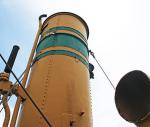EAEU, Issue 4 April 2017
EAEU: Amended lists of products subject to Technical Regulations
As of 22 April 2017, amendments to lists of products subject to certain Technical Regulations enter into force. The lists of products that are subject to the following Technical Regulations have been amended:
Technical Regulation on the Safety of Personal Protective Equipment;












